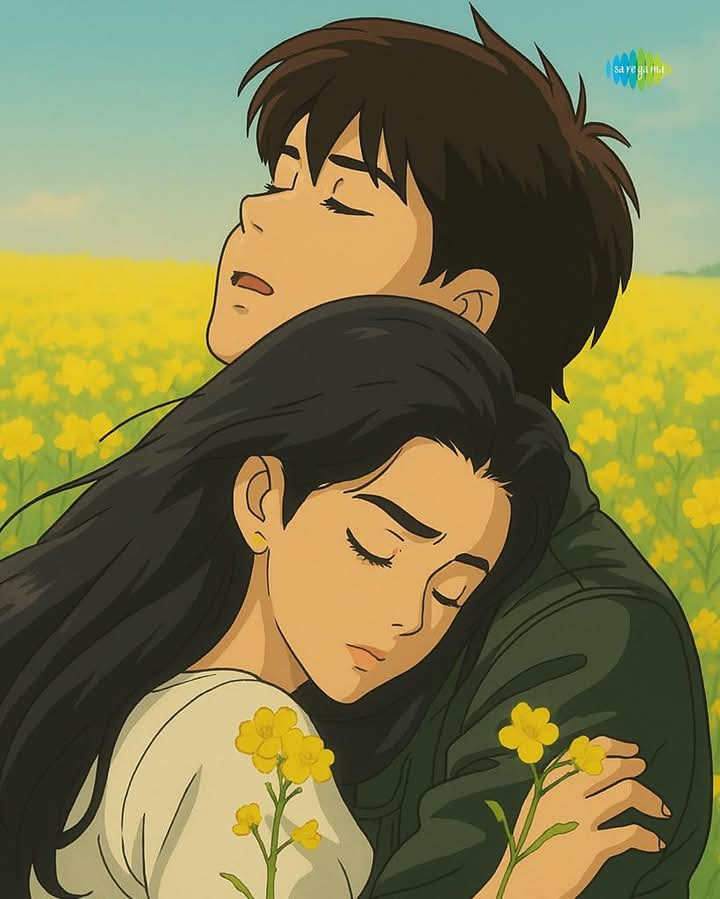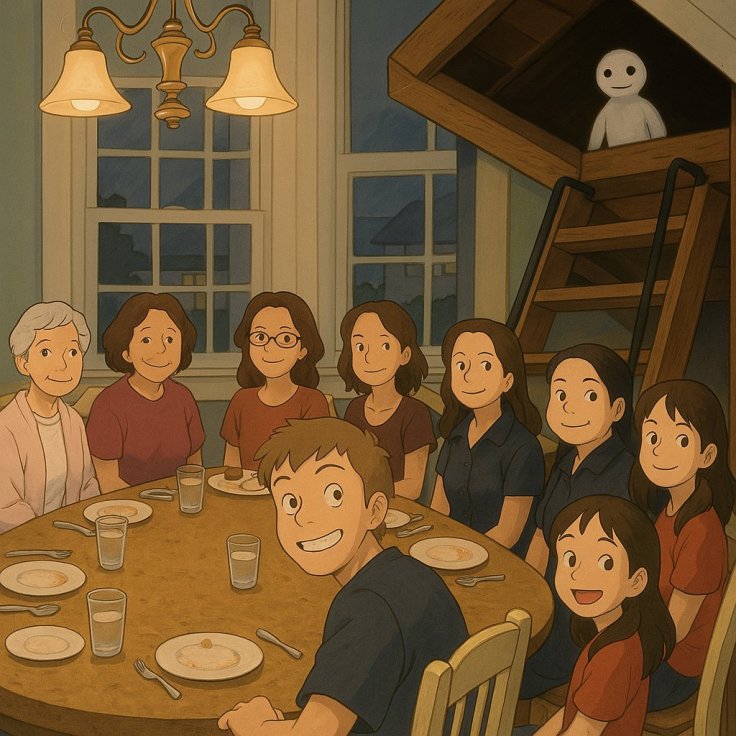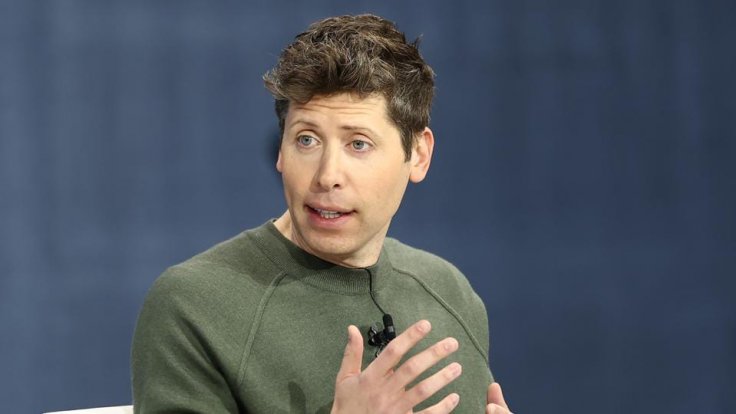Social media has been taken by storm by a new trend powered by AI. Thanks to the latest update from OpenAI, GPT-4o, users can now easily generate portraits in the style of Studio Ghibli. As a result, there has been an explosion of AI-generated art that looks like it was hand-drawn in the style of the famous Japanese animation studio.

Established in 1985 by Hayao Miyazaki, Isao Takahata and Toshio Suzuki, Studio Ghibli is known for its stunning animation and deeply emotional narratives. Spirited Away, My Neighbor Totoro and Princess Mononoke are among the films that have earned international recognition for their distinct artistic style.
Even Bollywood scenes from movies like Dilwale Dulhania Le Jayenge have been transformed into Ghibli-style visuals and have gone viral, drawing comparisons to classic Miyazaki films. Social media platforms have been flooded with user-generated content, showcasing AI's ability to replicate hand-drawn animation with stunning accuracy.

OpenAI Limits Access to AI Art Feature
The excitement surrounding Ghibli-style AI art was soon dampened when OpenAI CEO Sam Altman announced restrictions on the feature. On Thursday, OpenAI imposed "temporary rate limits" to manage overwhelming GPU demand, as the system struggled under heavy usage.
Free-tier users of ChatGPT are now limited to generating only three images per day. Meanwhile, the feature remains available for paying users under ChatGPT Plus, Pro, Team, and other premium subscription tiers. This move has sparked debate, with some users expressing frustration over restricted access to the AI tool.

Alternative AI Tools for Ghibli-Style Art
For those unable to use ChatGPT's image generation, several alternatives exist. Other AI models like Grok and Gemini can also create similar artwork, though results may vary due to different training processes. Additionally, third-party tools such as DeepAI, Craiyon, and Playground AI offer free options for generating Ghibli-inspired images.
Premium AI platforms like Runway ML, Leonardo AI, and Mage.space also provide high-quality AI art generation. While these platforms offer free trials, some features require a subscription. These alternatives ensure that users can continue experimenting with AI-generated Ghibli-style art despite OpenAI's restrictions.
Copyright Concerns Cast a Shadow Over AI Art
Despite the enthusiasm, AI-generated art raises ethical and legal concerns. Many question whether OpenAI's AI model was trained on copyrighted Ghibli artwork without permission. Intellectual property expert Josh Weigensberg pointed out that if OpenAI licensed the work, it might be legally acceptable. However, if the training occurred without consent or compensation, it could present legal issues.
Studio Ghibli's co-founder Hayao Miyazaki has been vocal in his criticism of AI-generated art. In a 2016 video, he reacted with disgust when shown an AI-created animation of a writhing body dragging itself forward. Miyazaki stated, "I strongly feel that this is an insult to life itself" and expressed his refusal to incorporate AI into his work. His words resonate today, as AI-generated Ghibli-style art spreads online.
The Growing Divide Between AI and Traditional Art
The rise of AI-generated art has intensified the debate over technology's role in creativity. While some artists embrace AI as a tool for inspiration, others see it as a threat to human artistry. AI's ability to replicate hand-drawn styles raises concerns about the future of illustrators and animators. Many worry that AI-generated art, if left unchecked, could devalue the work of traditional artists.
Miyazaki's rejection of AI highlights a broader philosophical divide. While technology enables users to create stunning art with minimal effort, it also challenges the notion of originality and artistic expression. The debate over AI's role in art continues, with no clear resolution in sight.
AI Art and Cultural Trends
Despite the controversy, the popularity of Ghibli-style AI images reflects a growing fascination with AI-generated content. Internet trends now emerge and spread within hours, shaping digital culture in unprecedented ways. From viral memes to AI-generated artwork, social media has become a platform for rapid creative expression.
Perplexity AI CEO Aravind Srinivas recently joined the trend by using ChatGPT to create a Ghibli-style depiction of the Bhagavad Gita. He shared an AI-generated image of Lord Krishna guiding Arjuna on the battlefield, alongside the Sanskrit verse: "I am mighty Time, the source of destruction that comes forth to annihilate the worlds." His post sparked discussions on the fusion of AI, spirituality, and traditional art.
The Future of AI-Generated Art
OpenAI's ChatGPT image generation feature has redefined how people interact with AI and art. While currently limited to paying subscribers, OpenAI may expand access to free-tier users in the future. By simply requesting ChatGPT to "Ghiblify" an image, users can transform ordinary pictures into dreamlike anime-style creations.
This trend highlights the rapid evolution of AI in creative fields. As AI-generated art continues to gain popularity, discussions about ethics, copyright, and artistic integrity will remain the cause of major concern.









